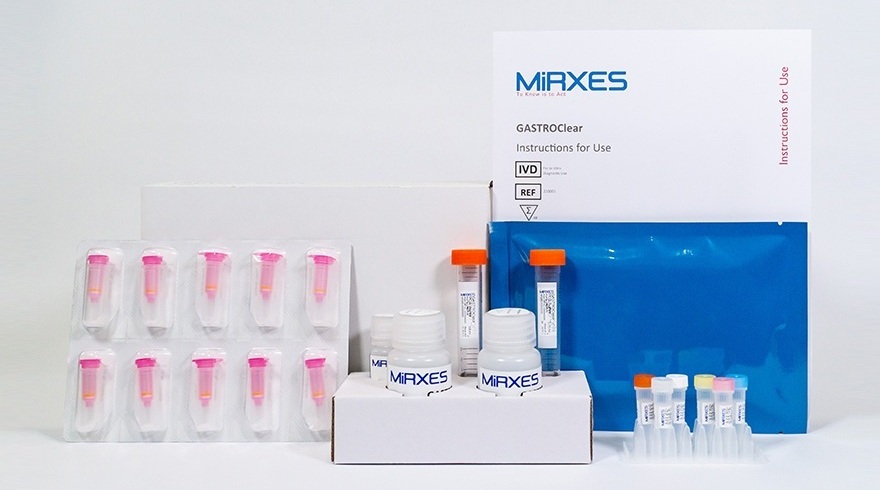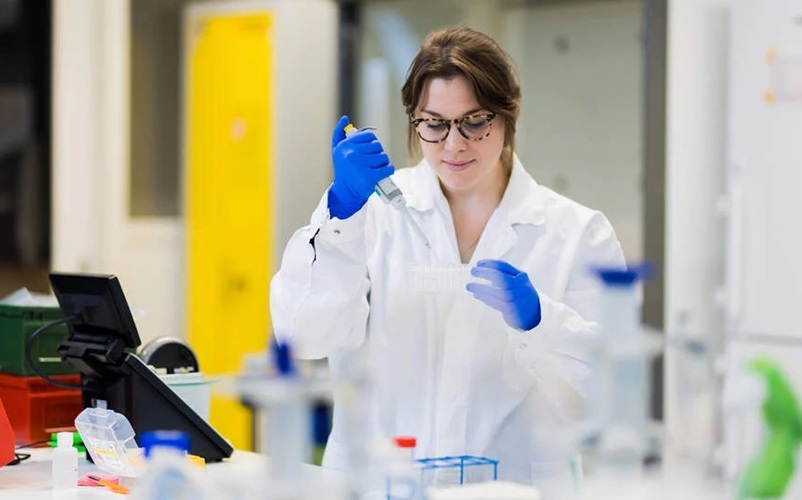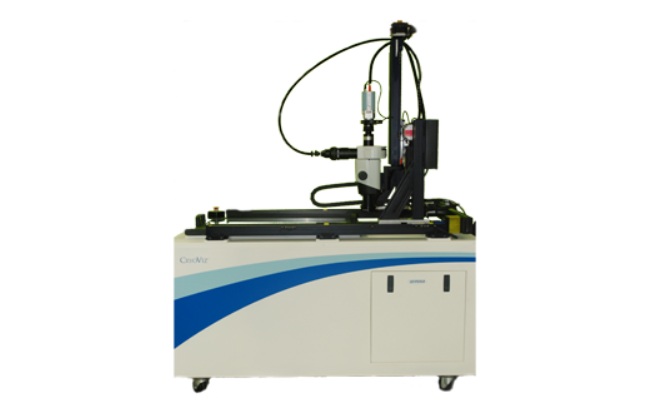Diagnostic Methods Compared for Fecal Helminth Eggs
|
By LabMedica International staff writers Posted on 24 Jun 2018 |
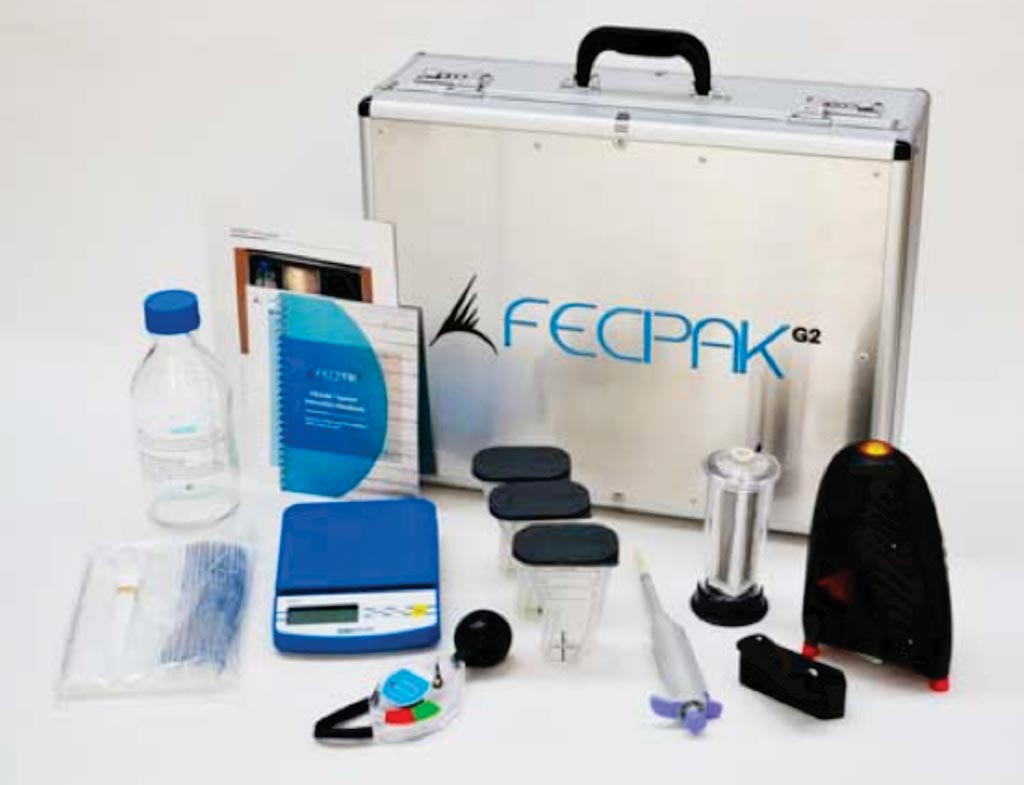
Image: The FECPAKG2 is a complete remote-location parasite assessment tool (Photo courtesy of Techion Group).
For estimating prevalence of soil-transmitted helminthiasis, assessing infection intensities, evaluating drug efficacy and monitoring drug resistance, accurate diagnostic methods are essential. The currently recommended Kato-Katz method has already been in use for decades.
A comparison has been made between the Kato-Katz method and a novel method, which is an online, remote location, parasite diagnostic system previously used in veterinary medicine. The new method is based on the flotation-dilution principle and its novelty is the accumulation of parasite eggs into one viewing area within a fluid meniscus.
An international team of scientists working with the Swiss Tropical and Public Health Institute (Basel, Switzerland) collected two stool samples from adolescent participants (age 15–18 years) at baseline and 14 to 21 days after treatment in the framework of a randomized clinical trial on Pemba Island, Tanzania. Stool samples were analyzed with different diagnostic efforts: i) one or ii) two Kato-Katz thick smears from the first sample, iii) two Kato-Katz thick smears from two samples and iv) FECPAKG2 from the first sample. For FECPAKG2 an image of the fecal sample was then captured, and stored offline on a computer and uploaded onto a cloud once connected to the Internet. Subsequently, the image can be analyzed at any time by specialists around the world.
The team reported that complete data for all diagnostic efforts were available from 615 participants at baseline and 231 hookworm-positive participants at follow-up. At baseline FECPAKG2 revealed a sensitivity of 75.6% (72.0–77.7) for detecting Ascaris lumbricoides, 71.5% (67.4–95.3) for hookworm and 65.8% (64.9–66.2) for Trichuris trichiura, which was significantly lower than any of the Kato-Katz methods and highly dependent on infection intensity. Despite that the egg counts based on FECPAKG2 were relatively lower compared to Kato-Katz by a ratio of 0.38 (0.32–0.43) for A. lumbricoides, 0.36 (0.33–0.40) for hookworm and 0.08 (0.07–0.09) for T. trichiura, the egg reduction rates (ERR) were correctly estimated with FECPAKG2.
The authors concluded that the sensitivity to identify any soil-transmitted helminthes (STH) infection was considerably lower for FECPAKG2 compared to Kato-Katz. Following rigorous development, FECPAKG2 might be an interesting tool with unique features for epidemiological and clinical studies. The study was published on June 4, 2018 in the journal Public Library of Science Neglected Tropical Diseases.
Related Links:
Swiss Tropical and Public Health Institute
A comparison has been made between the Kato-Katz method and a novel method, which is an online, remote location, parasite diagnostic system previously used in veterinary medicine. The new method is based on the flotation-dilution principle and its novelty is the accumulation of parasite eggs into one viewing area within a fluid meniscus.
An international team of scientists working with the Swiss Tropical and Public Health Institute (Basel, Switzerland) collected two stool samples from adolescent participants (age 15–18 years) at baseline and 14 to 21 days after treatment in the framework of a randomized clinical trial on Pemba Island, Tanzania. Stool samples were analyzed with different diagnostic efforts: i) one or ii) two Kato-Katz thick smears from the first sample, iii) two Kato-Katz thick smears from two samples and iv) FECPAKG2 from the first sample. For FECPAKG2 an image of the fecal sample was then captured, and stored offline on a computer and uploaded onto a cloud once connected to the Internet. Subsequently, the image can be analyzed at any time by specialists around the world.
The team reported that complete data for all diagnostic efforts were available from 615 participants at baseline and 231 hookworm-positive participants at follow-up. At baseline FECPAKG2 revealed a sensitivity of 75.6% (72.0–77.7) for detecting Ascaris lumbricoides, 71.5% (67.4–95.3) for hookworm and 65.8% (64.9–66.2) for Trichuris trichiura, which was significantly lower than any of the Kato-Katz methods and highly dependent on infection intensity. Despite that the egg counts based on FECPAKG2 were relatively lower compared to Kato-Katz by a ratio of 0.38 (0.32–0.43) for A. lumbricoides, 0.36 (0.33–0.40) for hookworm and 0.08 (0.07–0.09) for T. trichiura, the egg reduction rates (ERR) were correctly estimated with FECPAKG2.
The authors concluded that the sensitivity to identify any soil-transmitted helminthes (STH) infection was considerably lower for FECPAKG2 compared to Kato-Katz. Following rigorous development, FECPAKG2 might be an interesting tool with unique features for epidemiological and clinical studies. The study was published on June 4, 2018 in the journal Public Library of Science Neglected Tropical Diseases.
Related Links:
Swiss Tropical and Public Health Institute
Latest Microbiology News
- Rapid Assay Identifies Bloodstream Infection Pathogens Directly from Patient Samples
- Blood-Based Molecular Signatures to Enable Rapid EPTB Diagnosis
- 15-Minute Blood Test Diagnoses Life-Threatening Infections in Children
- High-Throughput Enteric Panels Detect Multiple GI Bacterial Infections from Single Stool Swab Sample
- Fast Noninvasive Bedside Test Uses Sugar Fingerprint to Detect Fungal Infections
- Rapid Sepsis Diagnostic Device to Enable Personalized Critical Care for ICU Patients
- Microfluidic Platform Assesses Neutrophil Function in Sepsis Patients
- New Diagnostic Method Confirms Sepsis Infections Earlier
- New Markers Could Predict Risk of Severe Chlamydia Infection
- Portable Spectroscopy Rapidly and Noninvasively Detects Bacterial Species in Vaginal Fluid
- CRISPR-Based Saliva Test Detects Tuberculosis Directly from Sputum
- Urine-Based Assay Diagnoses Common Lung Infection in Immunocompromised People
- Saliva Test Detects Implant-Related Microbial Risks
- New Platform Leverages AI and Quantum Computing to Predict Salmonella Antimicrobial Resistance
- Early Detection of Gut Microbiota Metabolite Linked to Atherosclerosis Could Revolutionize Diagnosis
- Viral Load Tests Can Help Predict Mpox Severity
Channels
Clinical Chemistry
view channel
Chemical Imaging Probe Could Track and Treat Prostate Cancer
Prostate cancer remains a leading cause of illness and death among men, with many patients eventually developing resistance to standard hormone-blocking therapies. These drugs often lose effectiveness... Read more
Mismatch Between Two Common Kidney Function Tests Indicates Serious Health Problems
Creatinine has long been the standard for measuring kidney filtration, while cystatin C — a protein produced by all human cells — has been recommended as a complementary marker because it is influenced... Read moreMolecular Diagnostics
view channel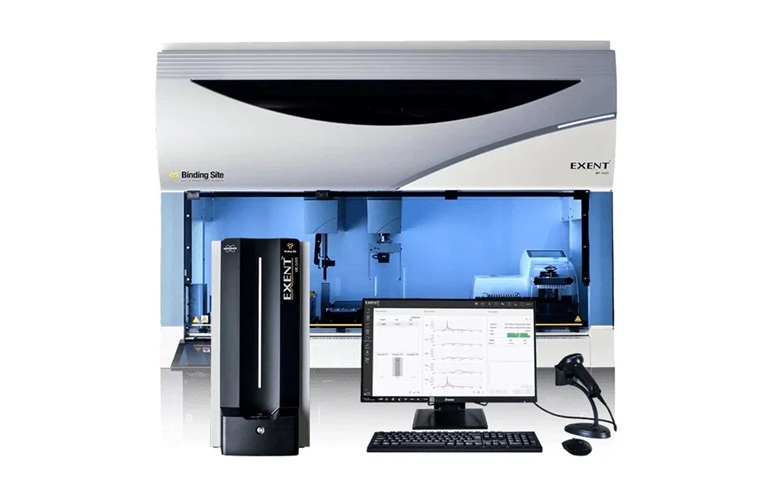
First-Of-Its-Kind Automated System Speeds Myeloma Diagnosis
More than 176,000 people are diagnosed with multiple myeloma worldwide each year, yet the current diagnostic pathway can be slow and uncertain, often relying on a highly subjective interpretation of test results.... Read more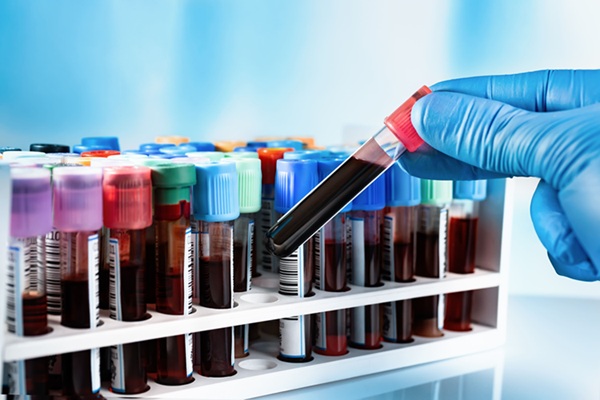
Blood Protein Profiles Predict Mortality Risk for Earlier Medical Intervention
Elevated levels of specific proteins in the blood can signal increased risk of mortality, according to new evidence showing that five proteins involved in cancer, inflammation, and cell regulation strongly... Read moreHematology
view channel
Platelet Activity Blood Test in Middle Age Could Identify Early Alzheimer’s Risk
Early detection of Alzheimer’s disease remains one of the biggest unmet needs in neurology, particularly because the biological changes underlying the disorder begin decades before memory symptoms appear.... Read more
Microvesicles Measurement Could Detect Vascular Injury in Sickle Cell Disease Patients
Assessing disease severity in sickle cell disease (SCD) remains challenging, especially when trying to predict hemolysis, vascular injury, and risk of complications such as vaso-occlusive crises.... Read more
ADLM’s New Coagulation Testing Guidance to Improve Care for Patients on Blood Thinners
Direct oral anticoagulants (DOACs) are one of the most common types of blood thinners. Patients take them to prevent a host of complications that could arise from blood clotting, including stroke, deep... Read moreImmunology
view channel
Gene Signature Test Predicts Response to Key Breast Cancer Treatment
DK4/6 inhibitors paired with hormone therapy have become a cornerstone treatment for advanced HR+/HER2– breast cancer, slowing tumor growth by blocking key proteins that drive cell division.... Read more
Chip Captures Cancer Cells from Blood to Help Select Right Breast Cancer Treatment
Ductal carcinoma in situ (DCIS) accounts for about a quarter of all breast cancer cases and generally carries a good prognosis. This non-invasive form of the disease may or may not become life-threatening.... Read morePathology
view channel
AI Tool Outperforms Doctors in Spotting Blood Cell Abnormalities
Diagnosing blood disorders depends on recognizing subtle abnormalities in cell size, shape, and structure, yet this process is slow, subjective, and requires years of expert training. Even specialists... Read more
AI Tool Rapidly Analyzes Complex Cancer Images for Personalized Treatment
Complex digital biopsy images that typically take an expert pathologist up to 20 minutes to assess can now be analyzed in about one minute using a new artificial intelligence (AI) tool. The technology... Read moreTechnology
view channel
AI Saliva Sensor Enables Early Detection of Head and Neck Cancer
Early detection of head and neck cancer remains difficult because the disease produces few or no symptoms in its earliest stages, and lesions often lie deep within the head or neck, where biopsy or endoscopy... Read more
AI-Powered Biosensor Technology to Enable Breath Test for Lung Cancer Detection
Detecting lung cancer early remains one of the biggest challenges in oncology, largely because current tools are invasive, expensive, or unable to identify the disease in its earliest phases.... Read moreIndustry
view channel
Abbott Acquires Cancer-Screening Company Exact Sciences
Abbott (Abbott Park, IL, USA) has entered into a definitive agreement to acquire Exact Sciences (Madison, WI, USA), enabling it to enter and lead in fast-growing cancer diagnostics segments.... Read more













